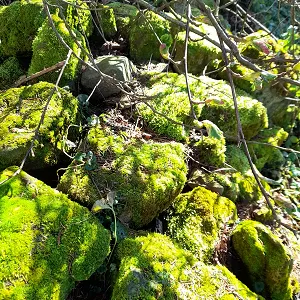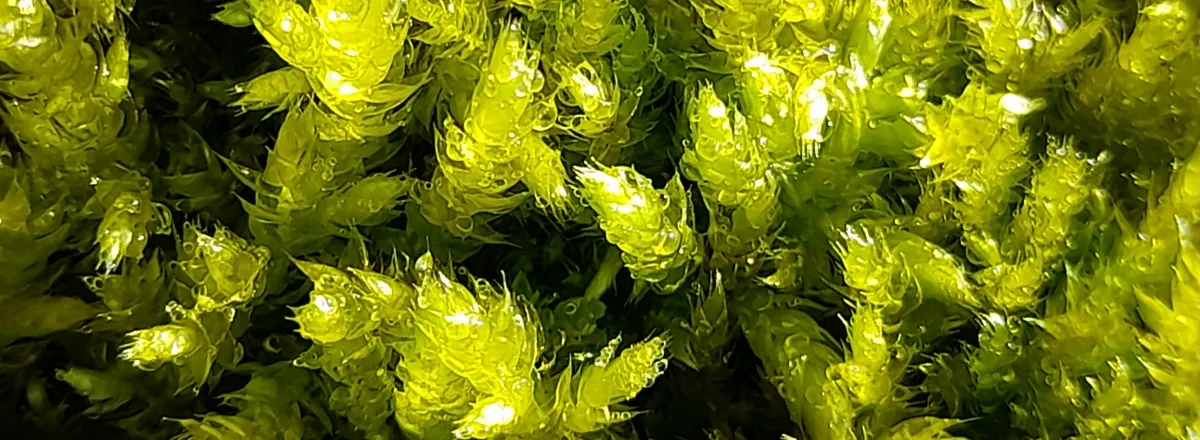Chuck it all in?

Recently was World Wildlife Day (S'ouvre dans une nouvelle fenêtre). And today I want to tell you why I don’t give up and don’t chuck it all in. Impressive photos from all over the world were sprouting up on social media with the wildlife we know from nature documentaries: wild lions and tigers, an elephant family, brightly coloured birds from faraway countries with names we’ve never heard. Butterflies I haven’t seen for years and finally an ancient tree, a tiny mushroom. Someone wrote: „What a pity, I have to travel for something like this, I live in the city, there is no wildlife.“ Is that true?

Maybe you’ve heard that in a metropolis like Berlin, there are packs of wild boars or foxes running through the streets? In New York City, you might not only encounter chipmunks, grey squirrels, or bats, you might even run into a coyote. Hardly anyone knows that New York is one of the greenest cities in the world (S'ouvre dans une nouvelle fenêtre). Nature is conquering human-made spaces worldwide. Peregrine falcons, as cultural successors, now use skyscrapers or bridges as breeding sides, because their natural habitat in cities is mostly lost. But you don’t have to walk far. Open your front door, go outside! If no one there has scared everything away with a cleaning mania or leaf blower, the chance of finding wildlife is quite high.

Tiny Worlds And Huge Problems
Sometimes it is so tiny and hidden that you need a magnifying glass. These beautiful violet oil beetles f. e. love dry and sunny places where they can run over the floor and hide under leaves or a piece of bark. Adult beetles eat pollen, so there must be flowers. The specimen in my photo lived in our parking place, warm concrete paving stones with wide cracks in which moss and small weeds grow. They did not have far to go to a sown bee pasture. There was plenty of pollen and these beetles can find also bees to parasitise.
Wildlife starts tiny. This includes the ant at your sitting place as well as the tardigrade hiding in the moss next to a rain barrel. Or take only one handful of soil! Scientists in New Zealand (S'ouvre dans une nouvelle fenêtre) have counted the life in a handful of soil: there can be 500 different species of fungi building 50 km of fungal mycelium. This infinitesimally small part of Mother Earth is home to 10,000 species of microorganisms if the soil is healthy, and up to 100 billion different bacteria! If living beings were able to seize world domination solely based on their numerical distribution, they would not be human beings at all.
World Wildlife Day is not just a day for celebration alone. We live in a time when man-made climate crisis and species extinction threaten all life on this earth. A sterile, dead soil would mean the end of humanity because agriculture would no longer be possible. And yet we treat our soils as if they were interchangeable and endless. The United Nations write (S'ouvre dans une nouvelle fenêtre):
„The Day reminds us of the urgent need to step up the fight against wildlife crime and human-induced reduction of species, which have wide-ranging economic, environmental and social impacts.“
But how are we supposed to cope with these immense problems when they already affect such tiny creatures?
Continue reading on my website! (S'ouvre dans une nouvelle fenêtre)


